This post may contain affiliate links, which means I’ll receive a commission if you purchase through my link, at no extra cost to you.
Located between the towering cliffs of Black Canyon and the mighty Colorado River, Hoover Dam stands as a testament to human ingenuity and engineering. The iconic structure sits on the border of Arizona and Nevada, attracting over 7 million visitors a year. A visit to Hoover Dam not only gives a glimpse into the engineering marvels but also an opportunity to appreciate the beauty of the surrounding area.
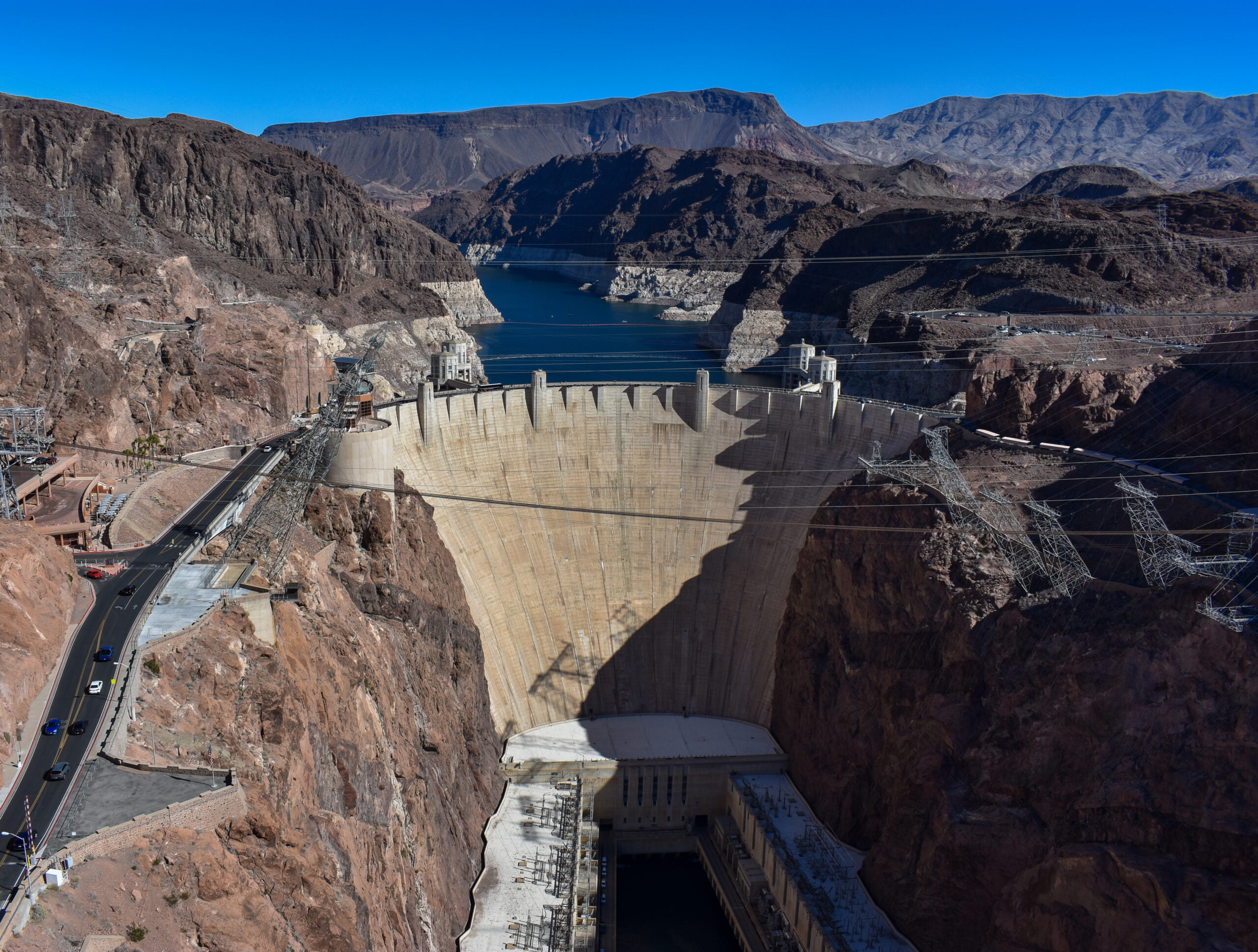 View of Hoover Dam from the Memorial Bridge
View of Hoover Dam from the Memorial Bridge
Don’t forget a visit to Hemenway Park to see the Bighorn Sheep here!
History of Hoover Dam


The Colorado River feeds Hoover Dam. Originating in Rocky Mountain National Park in Colorado, the river is 1,450 miles long and contains a giant basin covering 244,000 square miles. Lake Mead and Lake Powell are included in the system, ranking as the United State’s two largest reservoirs.
Herbert Hoover visited the area before World War I and saw its developmental potential. In 1921, Hoover was appointed Secretary of Commerce and proposed the construction of the dam with the advantage of recouping construction costs through the hydroelectric power the dam would generate.
In 1922, Hoover and state representatives signed the Colorado River Compact, allocating crucial water to 7 states. Originally, the states disagreed on the distribution of water, worrying that some states would receive a majority of the water given their rapid development. The Colorado River Compact solved the issue by dividing the states into the Upper Basin and the Lower Basin. The Upper Basin includes Colorado, New Mexico, Utah, and Wyoming whereas the Lower Basin includes Arizona, California, and Nevada. Each basin determines the water allocation for the included states.
For over 6 years, requests for funding for the dam were rejected. Finally, the Boulder Canyon Project Act was passed on December 18, 1928, and President Hoover signed a proclamation on June 25, 1929, making the Colorado River Compact effective. Construction finally began on Boulder Canyon Dam in 1930 and the hydroelectric generators powered up in 1937 for a total construction cost of $120 million. In 1947, Congress renamed the dam Hoover Dam in honor of President Herbert Hoover. Amazingly, the electrical power generated by the dam was completely paid back the price of the dam, with interest, by 1987.
The dam construction required a constant supply of cement, however, the Bureau of Reclamation engineers calculated that if the dam was built on a single continuous pour, the concrete would take 125 years to cool. The solution was to add cooling coils of thin steel pipes that river water would be circulated through, followed by chilled water from the refrigeration plant to complete the cooling. As each section cooled, the pipes were cut off and sealed under high pressure.
Over 582 miles of steel pipe were embedded into the concrete during construction, with 1,000 tons of ice water circulating through the pipes every 24 hours. With this method, cooling completed in 1935.
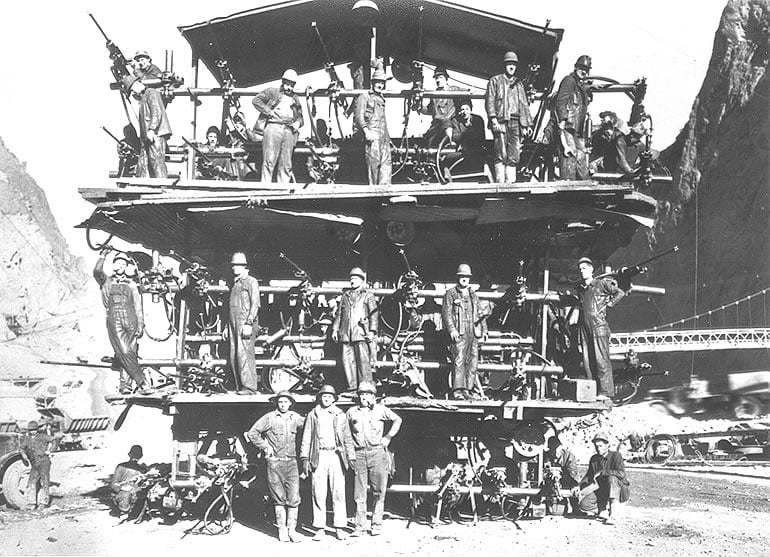
A Jumbo Rig, built on the back of a 10-ton truck, was used to speed up the tunnel drilling process. 24-30 drills could be simultaneously operated
Today, the Colorado River supplies water to over 40 million people in 7 US states and 2 Mexican states and irrigates 5.5 million acres of agricultural land, accounting for 15% of US Agriculture and 90% of winter vegetables. Hoover Dam specifically, brings water to over 16 million and electricity to over 1.3 million.
Visiting Hoover Dam
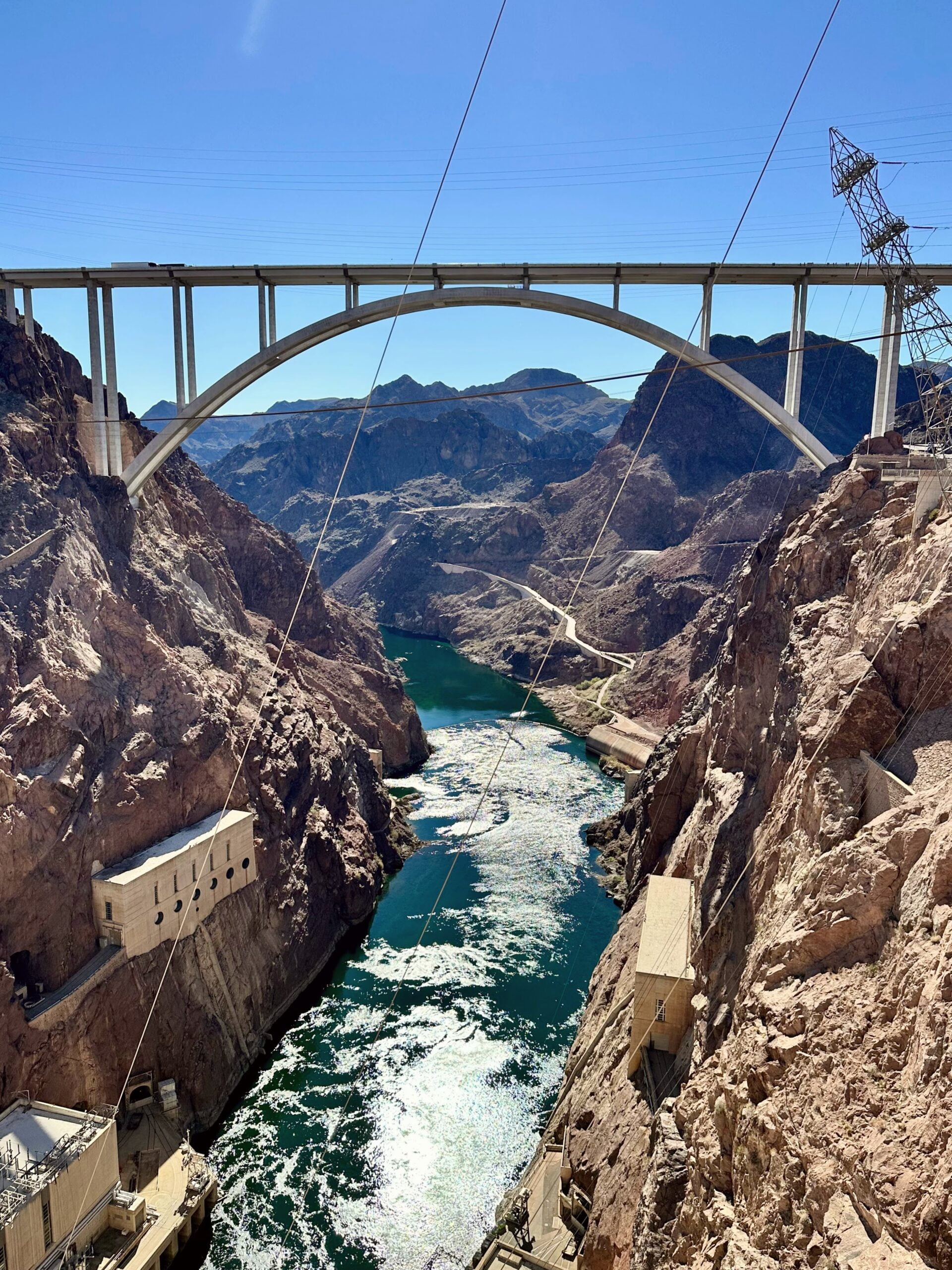

The Visitors Center immerses guests with interactive exhibits and historical artifacts, showcasing the challenges and immense work it took to create Hoover Dam and the impacts it continues to have on the region. From the observation deck is a breathtaking panoramic view of the dam and Colorado River. Pictures do not prepare you for how truly grand the view is.
A guided tour is also available (and highly recommended) to view the powerplant tour in the depths of the dam structure. There are two different tour options – the Guided Dam Tour and the Guided Power Plant Tour.
The Guided Dam Tour includes a visit to the historic inspection tunnels, ride on the original elevator to the top of Hoover Dam, and a view of the Colorado River through the inspection ventilation shaft along with the Power Plant Tour and self-guided Visitor Center Tour.
On the Guided Power Plant Tour, an elevator descends 530 feet to the Penstock Viewing Platform, bringing guests through the powerplant wings that are as long as two football fields – 650 feet long – and rise nearly 20 stores – 299 feet – above the powerplant’s foundation. As part of the tour, visitors can view the 30-foot diameter penstock pipes that transport water from Lake Mead to the dam generators. The self-guided Visitor Center Tour is also included in the Power Plant Tour.
There are 17 main turbines in the powerplant, with 9 located on the Arizona wing and 8 on the Nevada wing. During my visit, engineers were working on one of the turbines, which gave us a special glimpse into the mechanics since the turbine covers were removed. Eight of the commercial generators on the Nevada wing are also viewable.
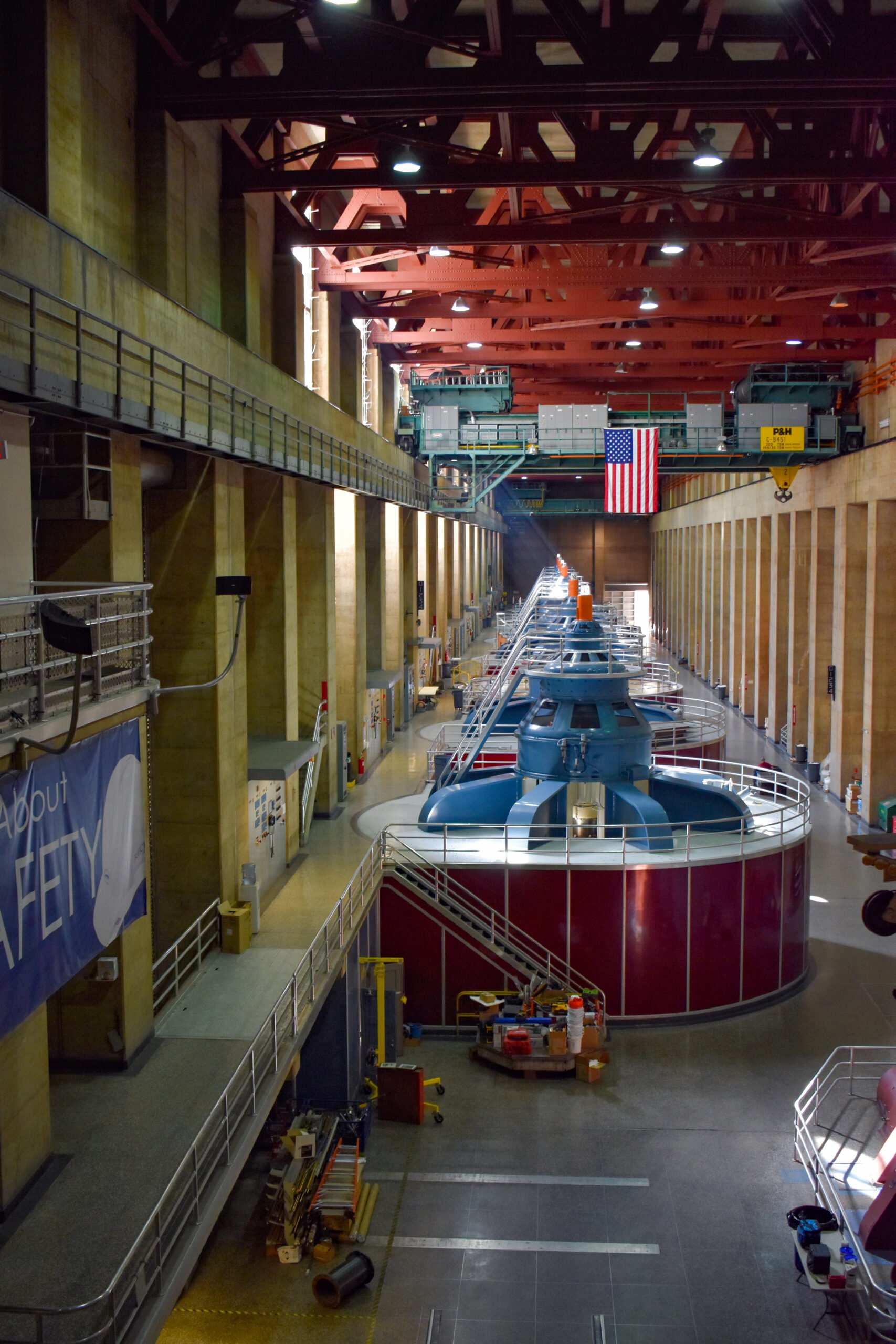

Inside the powerplant at Hoover Dam
Note: If you have claustrophobia, the Guided Dam Tour and Guided Power Plant Tour may not be your cup of tea. The elevator ride and tunnels do bring you through small spaces.
Tickets
The Guided Dam Tour can only be purchased on-site for $30 per person (age 4+). It is accessible to those in wheelchairs, however, strollers and motorized wheelchairs are not permitted. This tour regularly sells out and requires the entire party to be present at the time of purchase, tickets cannot be purchased online. Arrive early to secure your spot and expect to spend 2 hours on this tour.
The Guided Power Plant Tour can be purchased online here for $15 per adult (age 11+) and $10 per child (age 4-10). The tour is accessible for wheelchairs, strollers, and motorized wheelchairs. Expect to spend 1 hour on this tour.
Both the Guided Dam Tour and Guided Power Plant Tour include the self-guided Visitor Center Tour. If only wanting to visit the Visitor Center, tickets can be purchased online here for $10 per person (age 4+). Wheelchairs, strollers, and motorized wheelchairs are permitted.
The Guided Power Plant Tour and Self-Guided Visitor Center Tour are both upgradeable on-site if you would like to change your ticket type.
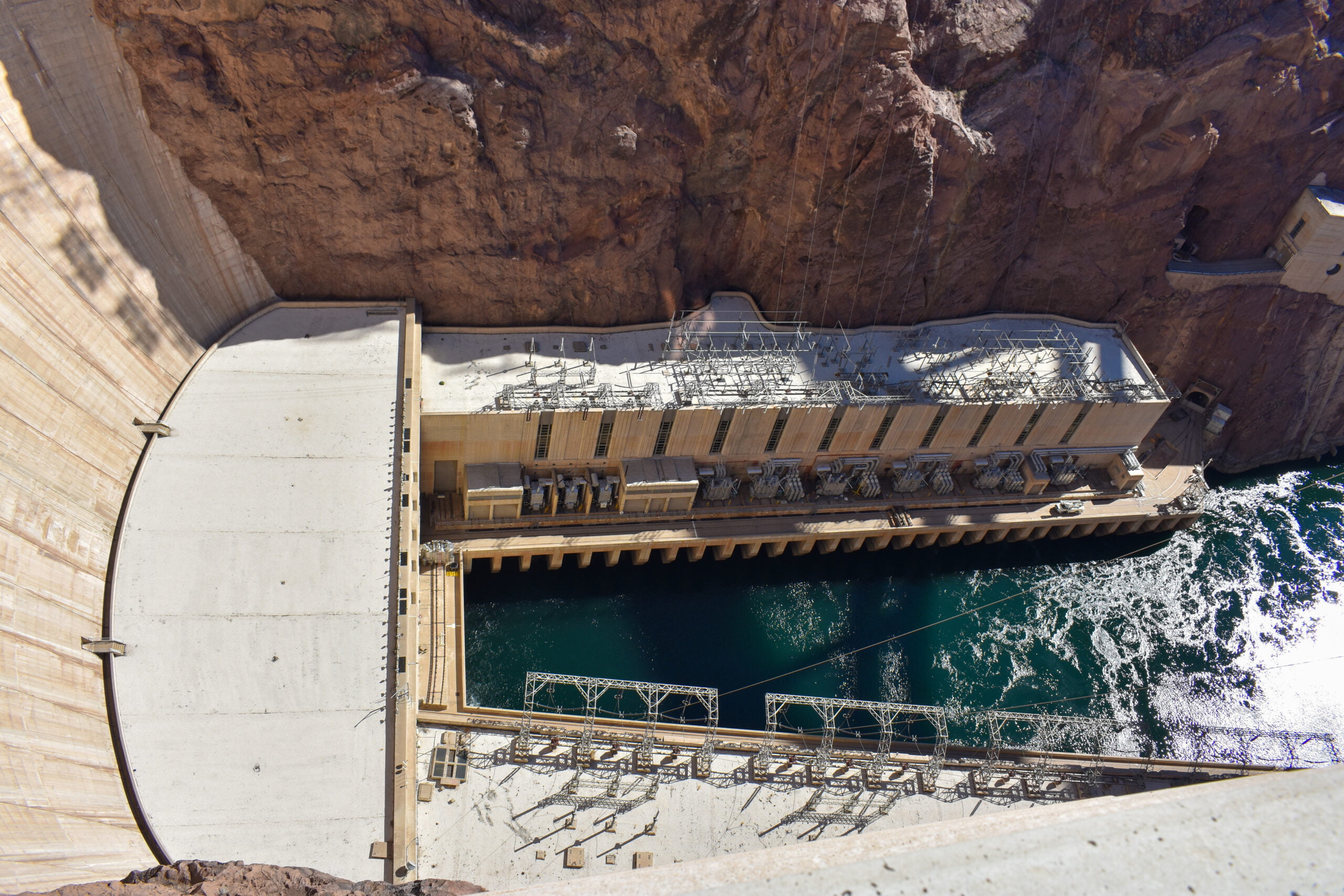 View of the turbine rooms from the top of the dam
View of the turbine rooms from the top of the dam
FAQs
Is it free to drive over Hoover Dam? Yes, you can drive over for free. The bridge is not for through traffic – the road does end on the Arizona side, requiring drivers to turn around and exit from the Nevada side.
What are the Visitor Center hours? Hoover Dam is open daily from 9 AM – 5 PM, with the last tour departing at 3:45 PM. The center is closed on Thanksgiving and Christmas Day.
Where can I park? There are several parking lots near the dam, with the closest to the Visitor Center being on the Nevada side for a flat $10 fee. The Arizona side has several parking lots, with the closest also being a $10 fee but a 0.4 mile walk. The lots located further out on the Arizona side are free and range from 0.5 – 1.2 mile walk to the Visitor Center. All oversized vehicles must park on the Arizona side.
Handicapped pass holders are not charged for parking.
Paid Parking Lots
Nevada Parking Lot: 36.015243, -114.741060 (0.1 Miles from Visitor Center) *Best Option
Arizona Parking Lot: 36.013462, -114.735281 (0.4 Miles from Visitor Center)
Free Parking Lots (All Located in Arizona)
36.014241, -114.733753 (0.5 Miles from Visitor Center)
36.015286, -114.733779 (0.5 Miles from Visitor Center)
36.015278, -114.733295 (0.7 Miles from Visitor Center)
36.013108, -114.731243 (1.2 Miles from Visitor Center)
Can I see the dam from the Memorial Bridge? If you are driving, no. But pedestrians can – and the view is jaw-dropping. I highly recommend parking at the Mike O’Callagan Pat Tillman Memorial Bridge Plaza (36.015288, -114.746255) and walking out onto the bridge either before or after your Hoover Dam visit. The walkway to the bridge is steep, with either a zig-zagging path (wheelchair-friendly) or stairs. Depending on your fitness level, the walk can be as short as 5 minutes.
Should I pre-book my Hoover Dam tickets? Reservations are not required, however, tickets can sell out during peak season. I recommend pre-booking a Guided Powerplant Tour online, then upgrading to the Guided Dam Tour, if wanted when you arrive. The Guided Dam Tour tickets are only available in person.
Are pets allowed? No, only service animals are allowed. Pets, including emotional support animals, are not permitted.
How far is Hoover Dam from Las Vegas? Can I make it a day trip? Hoover Dam is the perfect day trip from Las Vegas, being only a 40-minute drive away. Pair your Hoover Dam visit with a stop at Boulder City’s Hemenway Park to visit the Desert Longhorn Sheep.
What if I don’t have a car? No worries! Check out this highly-rated tour from Las Vegas, starting at $89!
Historical images courtesy of the Department of Interior Bureau of Reclamation via Public Domain
myVEGAS Rewards Comp Calendars (August- December 2025)
Check out the 2025 myVegas Hotel Comp Calendars for Mandalay Bay, Luxor, Park MGM, MGM Grand, Excalibur, and New York New York, Bellagio, and Aria
myVEGAS Rewards Comp Calendars (January – July 2025)
Check out the 2025 January – July myVegas Hotel Comp Calendars for Mandalay Bay, Luxor, Park MGM, MGM Grand, Excalibur, and New York New York, Bellagio, and Aria
myVEGAS Rewards Comp Calendars (July – December 2024)
Check out the 2024 myVegas Comp Calendars for Bellagio, Aria, Mandalay Bay, Luxor, Park MGM, MGM Grand, Excalibur, and New York New York


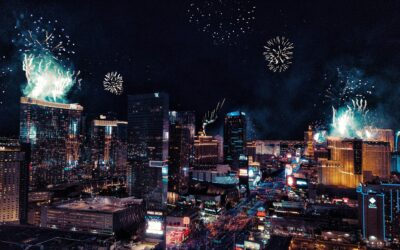
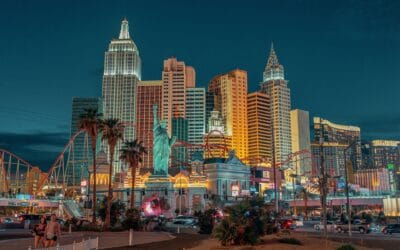

The Hoover Damn is quite an impressive site and I would love to visit it one day. This was very informative. A guided tour would be wonderful to experience if I did visit so I didn’t miss anything.
I visited the Hoover Dam years ago with my family. It was such a great experience and I loved the guided tour we took.
This is so interesting! I love seeing the old pictures.